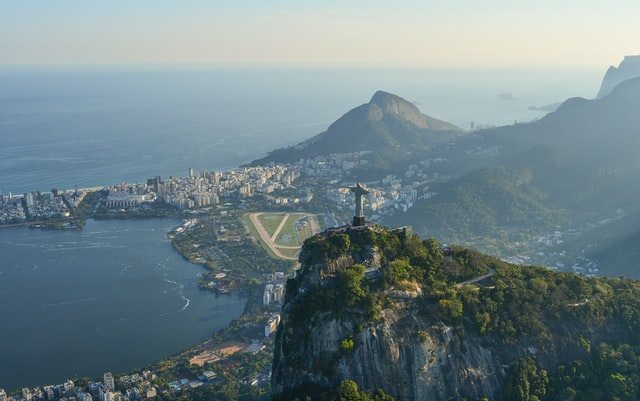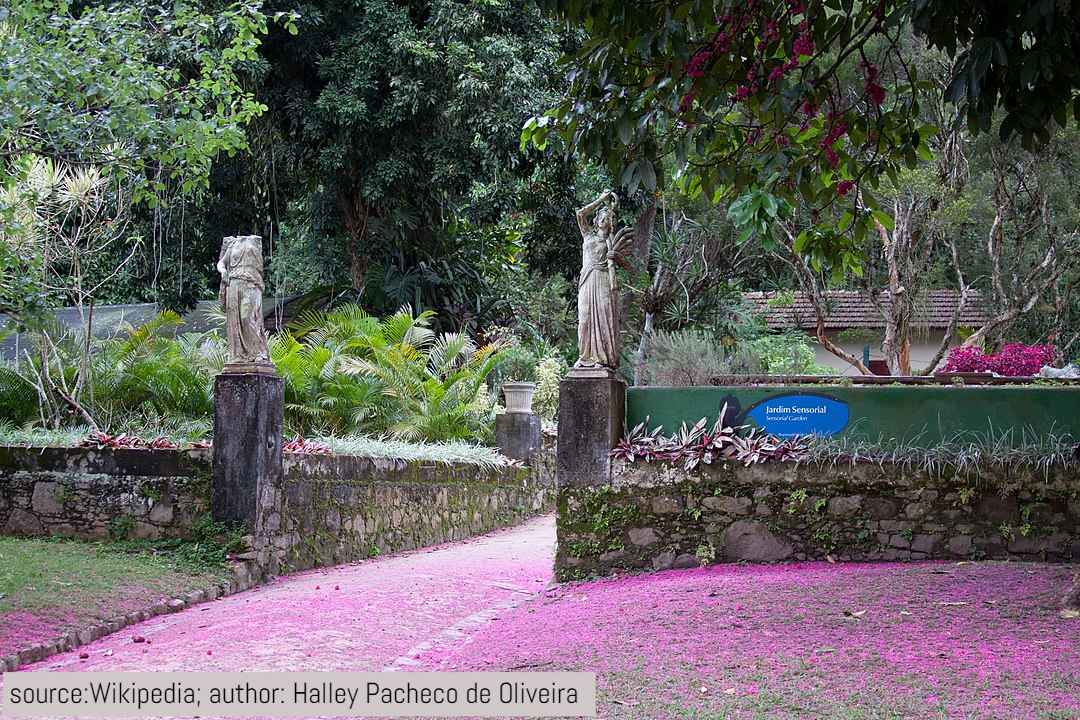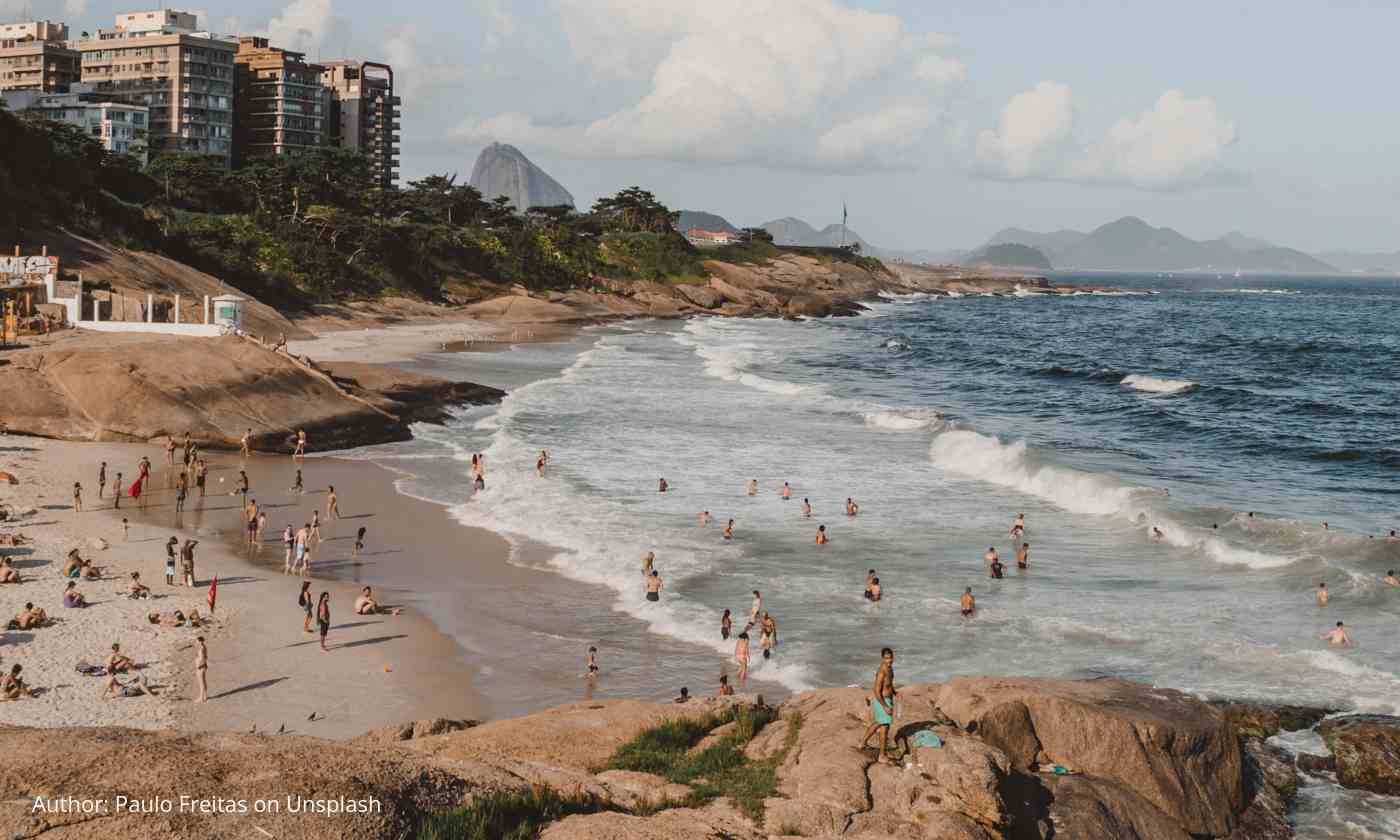Museu do Amanhã
Share this attraction
Back

Museu do Amanhã
Rio De Janeiro
Museu do Amanhã - the most important information
The Museum of Tomorrow (Portuguese: Museu do Amanhã) is a science museum in the city of Rio de Janeiro, Brazil. It was designed by Spanish neo-futuristic architect Santiago Calatrava and built next to the waterfront at Pier Maua. An experimental museum, where the content is presented through a narrative that combines the accuracy of science with the expressiveness of art, using technology as a support in interactive environments and audiovisual and gaming facilities created from scientific studies conducted by experts and data released all over the world.
History of the Museu do Amanhã
Its construction was supported by the Roberto Marinho Foundation and cost approximately 230 million reais. The building was opened on December 17, 2015, with President Dilma Rousseff in attendance. Designed by the Spanish architect Santiago Calatrava, the building - whose organic shapes were inspired by the bromeliads of the Botanic Garden of the city - occupies an area of 15 thousand square meters, surrounded by reflecting pools, gardens, a bike lane, and a leisure area, all adding up to 34.6 thousand square meters of the Píer Mauá. Launched December 2015 by Rio de Janeiro City Hall, the Museum of Tomorrow is a Culture asset from Rio's Secretary of Culture currently managed by IDG (Instituto de Desenvolvimento e Gestão). An example of a well-succeeded partnership between public power and private initiative, it has already received over three million visitors since opening.
What to see in the Museu do Amanhã?
The Museum of Tomorrow's Main Exhibition is based on a curatorial concept by a Physicist and Ph.D. in Cosmology Luiz Alberto Oliveira. Settled on the second floor of the museum, it takes the public through a structured narrative into five major areas: Cosmos, Earth, Anthropocene, Tomorrow, and Us. Together they compose 27 experiments and 35 sub-experiences, all available in Portuguese, Spanish, and English:
- The Cosmos narrative is about the idea that we are all made of the same matter as the stars above us, about how we are intricately connected with the universe and our origins.
- In the Earth section, we have three large 7-meter cubes that investigate the three dimensions of existence: Matter, Life, and Thought. The exterior of the Life cube represents DNA, a common element for all species.
- The next area, called the Anthropocene, is the centerpiece of the main exhibition experience. It addresses the idea that human activity has become a geological force in itself.
- The Tomorrows area focuses on major global trends in a world where there are more people than ever, living for much longer than ever.
- The journey ends with an imagination exercise in the Us area, engaging visitors with the idea that Tomorrow starts Now, with the choices we make today.
Opening hours and tickets for the Museu do Amanhã
- Opening hours: The Museum is open from Tuesdays to Sundays, from 10 a.m. to 6 p.m.
- Tickets: Full price is 5,13 USD. The ticket is half the price for young people from 6 to 21 years old, school and university students, disabled people, and residents or natives of the city of Rio de Janeiro. The admission is completely free for public elementary or high school students, necessary caregiver for disabled people and children up to 5 years old or senior citizens in their 60s or over;
How to get to the Museu do Amanhã?
- by Boats: Visitors coming from Niterói, Ilha do Governador, and Paquetá may use the boat, which sails to Praça XV. From there to the Museum of Tomorrow, you can walk (which takes approximately 20 minutes) or take the bus (there are around 20 options connecting the Praça XV to the Praça Mauá).
- by Bicycles: There are 120 bike rack spots at the Praça Mauá
- by Buses: Go to the website Vá de Ônibus in order to learn the best bus line options to get to the museum.
- by Train: Once you’re at the Central do Brasil Bus Terminal, take the bus number 225 or simply walk for 15 minutes until you get there
- by Subway: From the Uruguaiana Station, there are two walking routes: Cross the Presidente Vargas Avenue, take the Acre Street until you get to the Praça Mauá/Museum of Tomorrow; or take the Presidente Vargas Avenue towards the Candelária Church, turn left on the Rio Branco Avenue and go straight ahead until you get to the Praça Mauá/Museum of Tomorrow.
Location
Learn more about this destination
Discover the beauty of the destination through blogs that highlight the most famous landmarks, hidden gems, and provide travel tips for visiting this destination. Embark on an adventure through the stories of experienced travelers.




















